This is part 3 of 3 of the series on Growing in New/Emerging Markets (link to Blog#1, link to blog#2).
“How do we take the guess work out of the equation and reduce risks?”
Blog #1 was about Planning. Blog #2 was about Acting on the Plan, This blog is about Execute & Adjust:
As a quick refresher of previous blogs on the topic, once the strategy is agreed to and the in-country/in-market “Workouts” have been completed, it is now time to get into execution mode and adjust as required. One of my philosophy is to ACT fast and AJUST as you go, rather than waiting for the perfect information and moment, which, often arrives too late… Bear in mind that depending on the strategy, it could take months or years to get the project in play and returning expected results. However, we have one shot to get this right:
1- Back at HQ:
The executives and the project leader that went in country/market should meet with the rest of the executive team and/or board of directors as soon as possible. Remember that you have created huge momentum in country/market with teams ready to execute. Don’t drag the process too far down the road. Create special reviews/approval meeting and use web conferences to get everyone on the same page quickly. In one instance, we dragged our corporate feet too long and disappointed the local teams with lack luster investment approvals.
Instigate fast track processes to get the local teams what they need to execute. Make sure you have checks and balance to ensure that the activities are aligned to plans in a cohesive manner. Place special attention to IT/HR/Finance to make sure the support systems are in place before investing in property, plant, equipment and larger staffing.
2- Ongoing TLC (Tender Love & Care):
Create a sense of importance for the project by bringing executive attention to its progress in your monthly and quarterly business reviews. The project leader should be the one presenting the updates in person at least once per quarter. This will ensure engagement and momentum.
Keep pushing the envelope every year during strategic planning. In one instance, we had to go back for a second “workout” about 3 years after the first event to reset the clock based on the new dynamics of the market.
The result?
Simply put: We drove emerging markets to a much larger percent of sales much faster than what was planned through organic strategic planning methods. The relatively small investment was worth every hour and penny. Team engagement was high and return on investment was fast.
I am looking forward to reading your comments.

